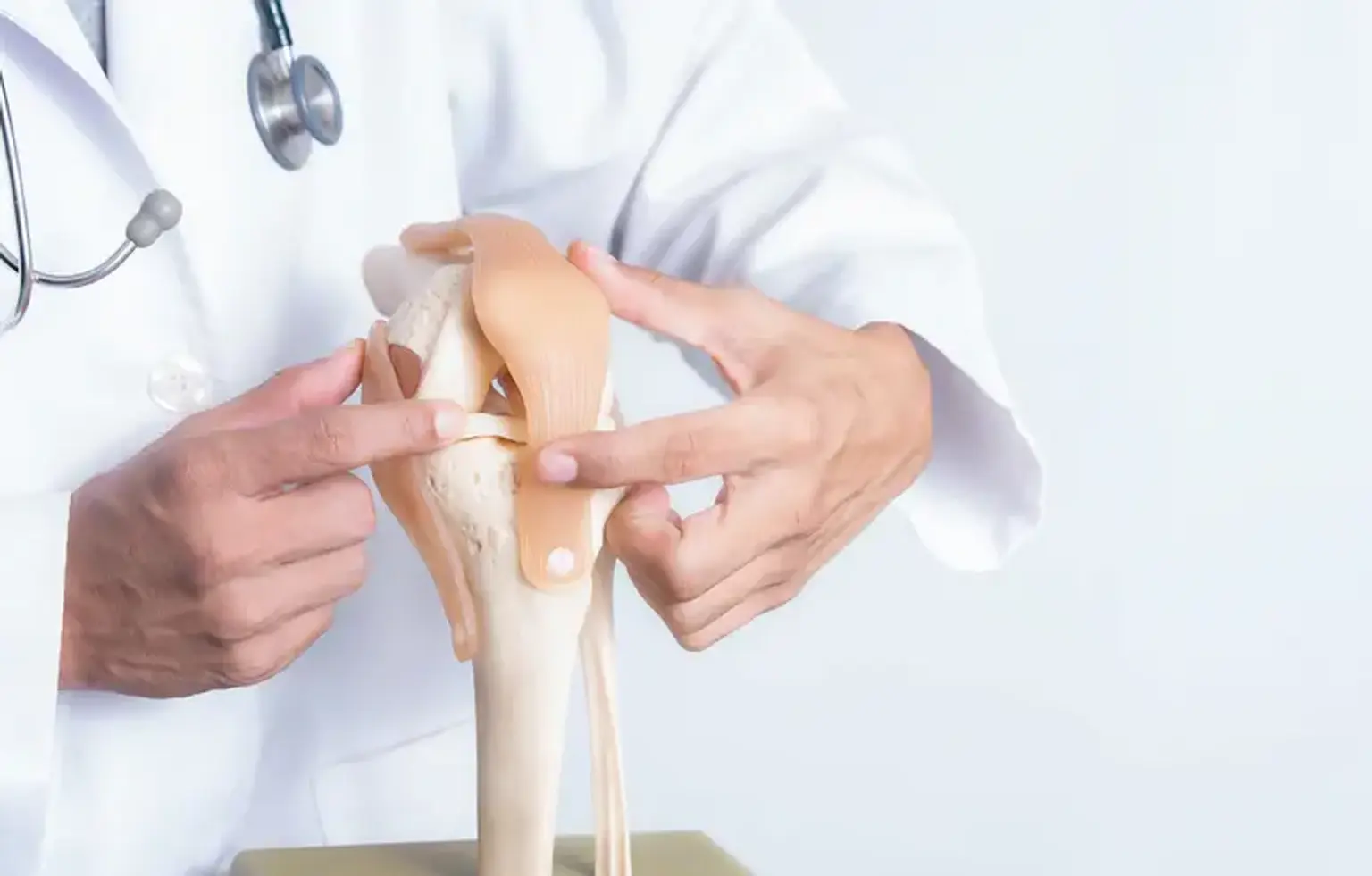Non-Surgical Treatment
Bone, muscle, and joint injuries can occur for a variety of causes, including sports injuries, falls, accidents, and normal wear and tear as we age. Just as the causes of injuries differ, so do the treatment choices available, and knowing what options are available is key to finding the best answer for each patient and condition.
While surgical treatment is sometimes the best option, for certain orthopedic problems, conservative, non-surgical treatment measures may be a superior option before surgery. The general consensus is that simply though surgery is possible, it does not always mean it should be done. Patients like the fact that they have options, such as non-surgical or non-invasive treatment.
